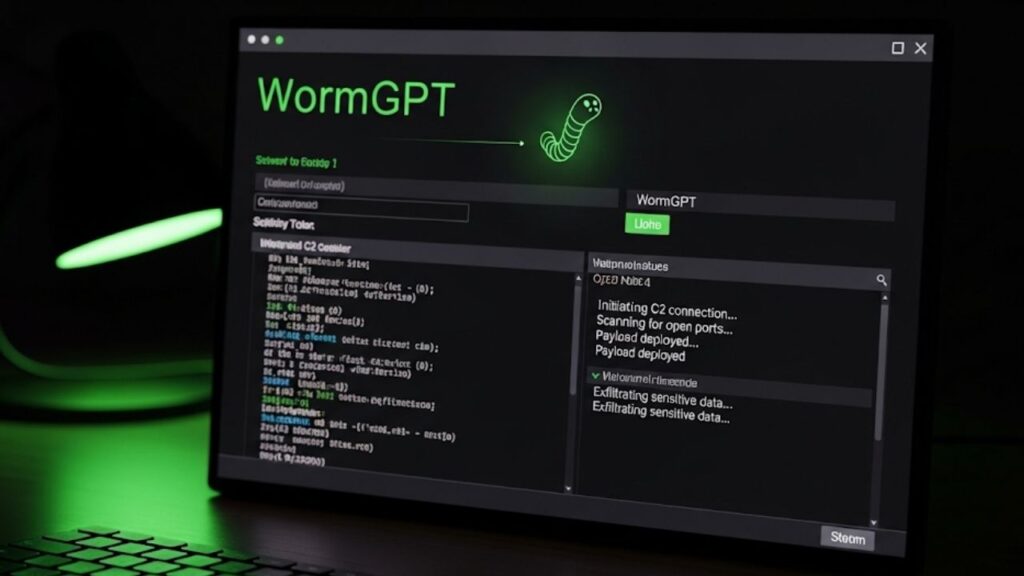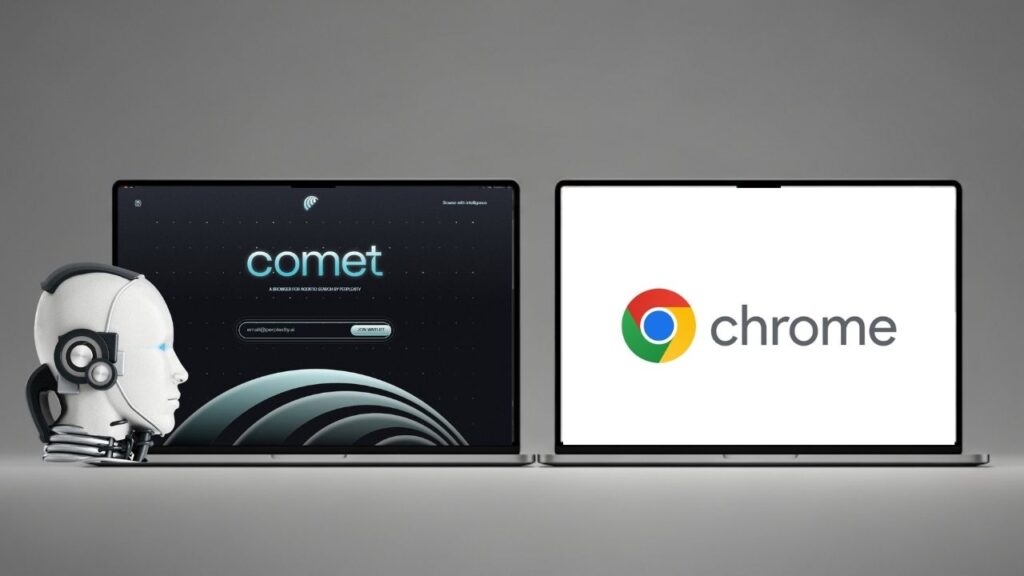Quantum mechanics, the branch of physics that explains the behavior of the tiniest particles in our universe, has been around for over 100 years. Yet, despite decades of experiments and research, even 1,001 quantum physicists surveyed in 2025 cannot agree on what it really means. This ongoing disagreement highlights both the complexity and wonder of quantum theory—one of science’s greatest puzzles.

Whether you’re a curious 10-year-old or a seasoned professional, understanding these debates sheds light on how physics shapes our view of reality itself.
Table of Contents
What Is Quantum Mechanics?
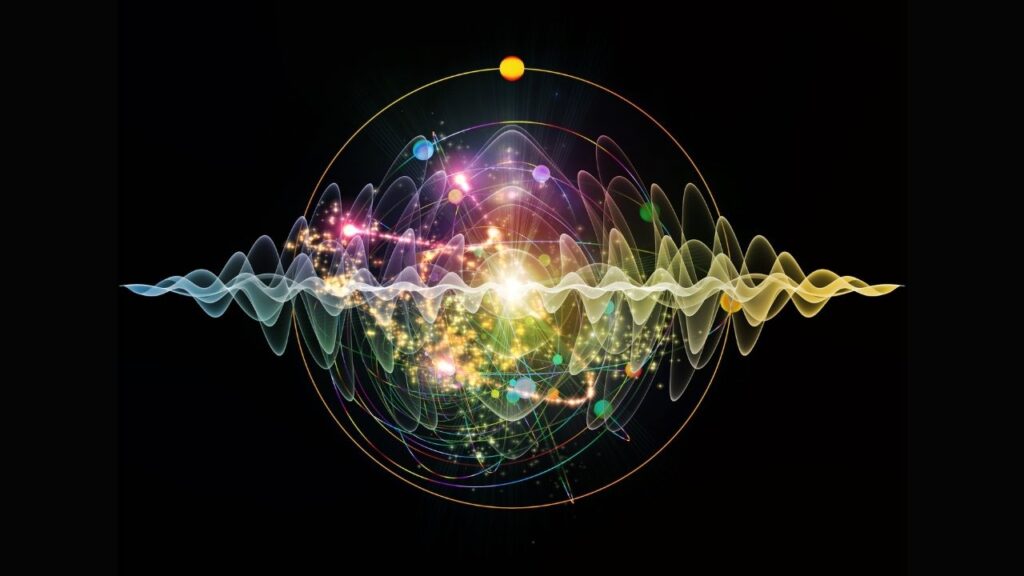
Quantum mechanics is the science that describes how particles like electrons, photons, or even atoms behave at the smallest scales. Unlike everyday objects, these quantum particles can exist in multiple states simultaneously (a concept called superposition) and seem to change properties depending on whether they’re observed.
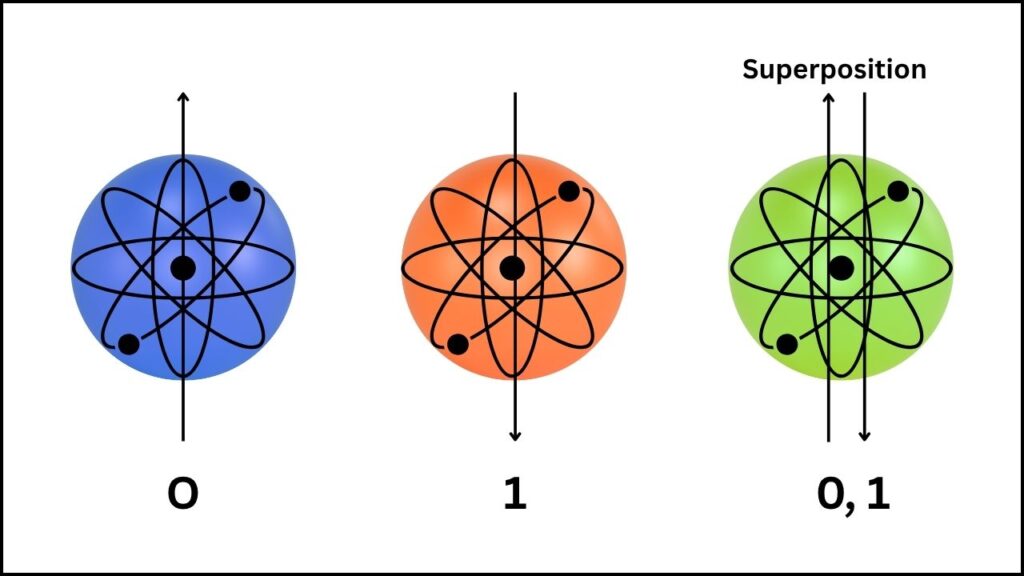
Physicists have developed many mathematical tools to predict these behaviors with astonishing accuracy. But the deeper question—What is quantum mechanics telling us about reality?—remains controversial.
Why Do Physicists Disagree?
The 2025 survey of 1,101 quantum physicists, conducted to mark the hundredth anniversary of quantum mechanics, asked experts about their preferred interpretation—or explanation—of what the theory means. The results showed no consensus, with opinions spread across multiple schools of thought, each offering a different take on reality.
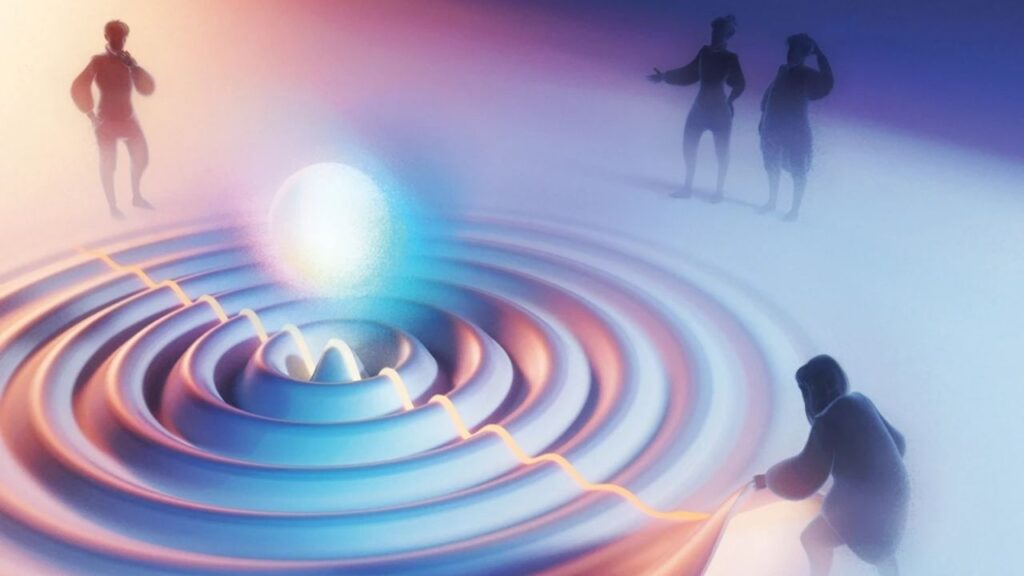
At the heart of the disagreement are questions like:
- What does the wavefunction (the mathematical description) actually represent?
- Does the act of measurement change reality?
- Is there a boundary between the classical world we experience and the quantum world?
- Are there many universes, or just one?
1,000 Quantum Experts Surveyed
| Aspect | Data / Insight |
|---|---|
| Survey size | 1,101 quantum physicists surveyed in 2025 |
| Most popular interpretation | Copenhagen interpretation (36%) |
| Alternative interpretations supported | Information-based (17%), Many-Worlds (15%), Pilot-wave (7%) |
| Wavefunction viewed as physically real | 36% of respondents |
| Wavefunction as predictive tool only | 47% of respondents |
| Belief in a quantum-classical boundary | 45% yes, 45% no, 10% unsure |
| Confidence in chosen interpretation | Only 24% confident |
| Expectation for future theories | Most agree quantum mechanics is likely incomplete |
| Survey source | Nature (2025) |
After surveying over 1,000 quantum experts worldwide in 2025, it is clear that quantum mechanics remains a vibrant field of debate about reality’s nature. The Copenhagen interpretation still leads but without any dominant consensus. Multiple interpretations coexist, each confronting the strange quantum world in different ways.
While experts disagree on interpretations, they unanimously recognize the theory’s success and limitations. Most expect future advances to deepen our understanding, continuing a scientific journey that began a century ago.
What Are the Main Quantum Interpretations?
1. The Copenhagen Interpretation
The most familiar and historically earliest approach, named after the city where Niels Bohr and Werner Heisenberg developed it. It teaches that quantum particles don’t have definite properties until measured by a classical observer. This approach is practical and widely taught in universities, though many who favor it admit they aren’t very confident about its why.
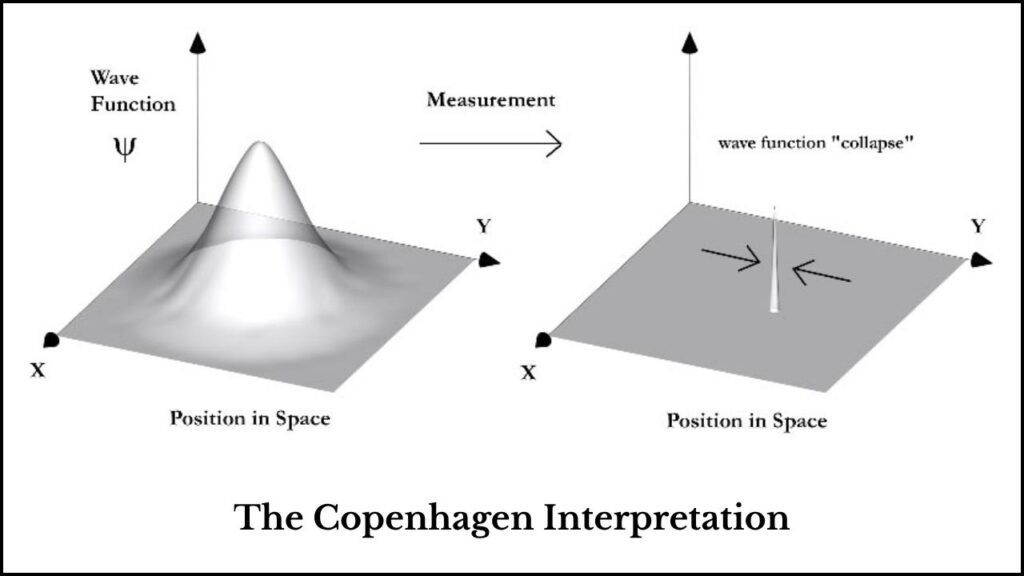
Example: Imagine a cat in a box that is both alive and dead in a quantum superposition. Once you open the box (observe), the cat becomes either alive or dead.
Pros:
- Straightforward for calculations and experiments.
- Guides everyday quantum research and applications like quantum computing.
Cons:
- Sidesteps deeper questions about how observation causes reality to change.
- Some see it as a “shut up and calculate” philosophy.
2. Many-Worlds Interpretation
This idea suggests that all possible outcomes occur, but in different branching universes. When you observe a quantum event, you only see one outcome, while other versions of you see other outcomes in parallel worlds.
Example: When you open the box with Schrödinger’s cat, in one universe the cat is alive; in another, it is dead.
Pros:
- Avoids the puzzle of wavefunction collapse.
- Offers a deterministic view of reality.
Cons:
- Requires belief in an enormous number of parallel worlds, challenging common sense.
3. Information-Based Interpretations
These suggest the wavefunction encodes information rather than physical reality. The quantum state reflects what we know, not necessarily what is.
4. Pilot-Wave (Bohmian) Theory
Proposes particles have definite positions guided by a “pilot wave.” It tries to restore realism and determinism but is less widely accepted.
Other Divisions in the Field
The survey also revealed deeper fractures in the physics community:
- Wavefunction Reality: 36% see it as physically real; 47% view it as just a computational tool; 8% see it as a reflection of subjective knowledge.
- Quantum-Classical Boundary: Exactly half the physicists thought there is a clear dividing line between the classical and quantum worlds; the other half disagreed.
- Confidence Level: Only 24% felt confident that their preferred interpretation is correct, underscoring the complexity and uncertainty in the field.
The Measurement Problem: A Central Mystery
A key puzzle is the measurement problem—why and how observing a quantum system causes it to “collapse” from many possible states to one definite state. Interpretations differ widely on this, reflecting their broader philosophical stakes.
What Does This Mean Practically?
Despite divergent views on interpretation, quantum mechanics remains the most successful theory in physics, underpinning modern technologies like semiconductors, lasers, and quantum computers.
For professionals and students, the pragmatic advice is:
- Learn the mathematical formalism and experimental results thoroughly.
- Understand multiple interpretations to appreciate foundational debates.
- Keep an open mind as the field continues evolving; new theories may provide clearer answers.
A Guide to Exploring Quantum Interpretations
Step 1: Understand the basic principles of quantum mechanics (superposition, wavefunction, measurement).
Step 2: Explore the main interpretations (Copenhagen, Many-Worlds, Information-Based, Pilot-Wave).
Step 3: Consider philosophical questions about reality, causality, and knowledge.
Step 4: Review experimental evidence and ongoing debates.
Step 5: Stay updated on new theoretical developments and surveys showing evolving expert opinions.
Breakthrough Fixes Quantum Battery Self-Discharge — A Big Step Toward Infinite Power?
Phonon Angular Momentum: The Quantum Revolution Explained
New Quantum Material Reveals Hidden Metallic State for Ultra-Fast Electronics
FAQs About 1,000 Quantum Experts Surveyed
Q1: Why can’t physicists agree on what quantum mechanics means?
A: Because quantum theory challenges our classical intuitions about reality, and despite its predictive success, the interpretation requires philosophical choices with no definitive experimental way to decide.
Q2: Does the disagreement affect quantum technology?
A: No, technologies based on quantum principles work reliably regardless of interpretation differences.
Q3: Is there one “right” interpretation?
A: Currently, no consensus exists. Many physicists see the current theory as incomplete and expect future frameworks to clarify these questions.
Q4: What is the Copenhagen interpretation?
A: It holds that quantum systems have no definite properties until measured, and wavefunction collapse represents this transition.
Q5: What does the Many-Worlds interpretation say?
A: It suggests every possible quantum outcome exists in a separate branching universe, avoiding wavefunction collapse.



